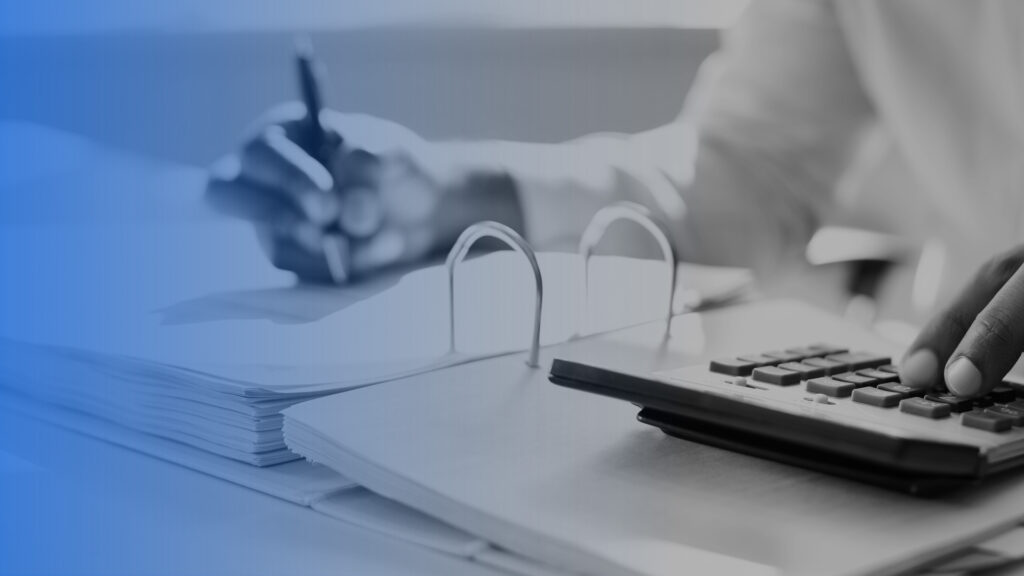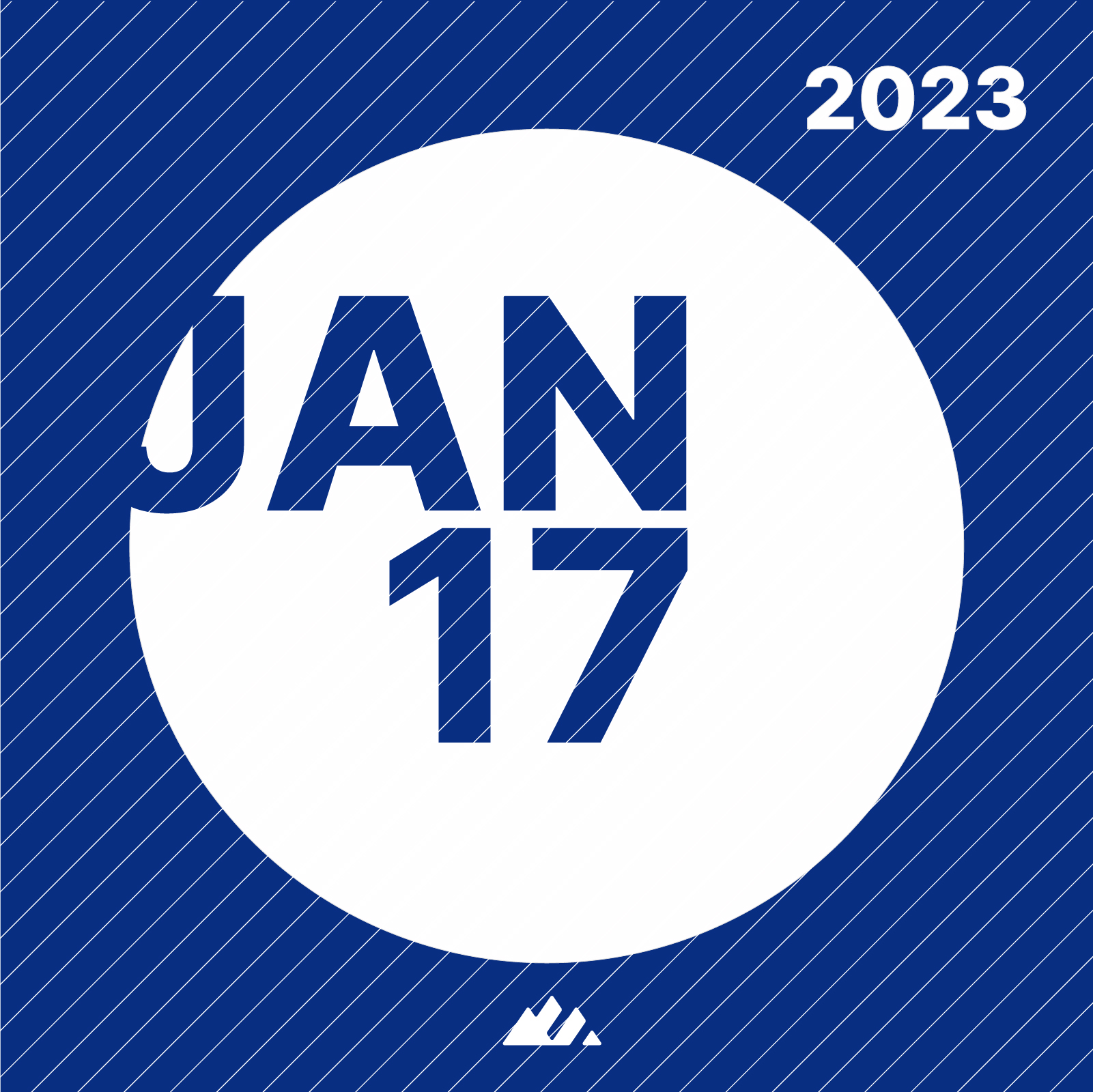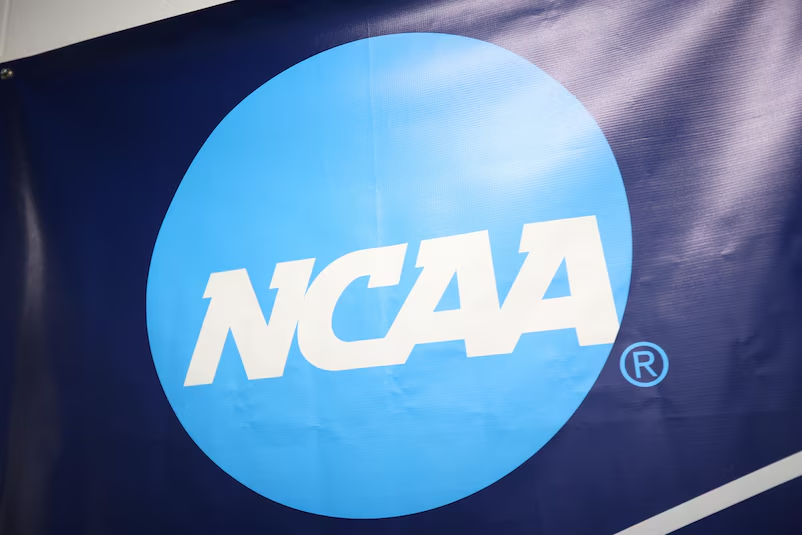What high school athletes need to know about paying taxes on their NIL deals

Athletes should feel secure as they approach tax season
High school athletes are beginning to experience the excitement of endorsement deals, autograph signings, and hosting events, as name, image, and likeness opportunities enter their world.
While not all athletes have the benefit of NIL depending on the state they live in, those who are taking advantage of this headstart will also have to face another milestone in their life –paying taxes.
Before the NIL era, high school students might have explored typical jobs for their age, like servers, cashiers, retail associates, or lifeguards. They were likely employees of a company and never had to worry about saving for taxes because the company did that for them. Students only had to worry about filing taxes once a year.
This is not the same reality for student-athletes pursuing NIL deals. Companies typically hire them as independent contractors or on a self-employed basis. In these cases, the company does not take out taxes from each paycheck. It is the athlete’s responsibility to put the right amount of money aside to pay taxes.
This may feel daunting, especially for those who are starting their first job, but it does not have to be. With the right information and support, student-athletes and their families can feel secure knowing they are taking care of these tax obligations.
The most important thing to remember is that while our team is here to guide student-athletes and families through quarterly and annual taxes, we recommend getting help from licensed accountants for any direct tax and financial advice.
Do I have to file taxes?
Any athlete who receives more than $400 in net earnings from self-employment will need to file an income tax return with the IRS. This does not just include monetary earnings. Any gifts received, like clothing, equipment, cars, merchandise or gift cards, are also taxable income.
If a student-athlete makes more than $600, they should receive a 1099 form from the company providing their compensation by January 31 each year. Even if the athlete does not receive this form, they still need to report their income if they made over $400.
How much will I owe?
There are a few types of taxes a self-employed student-athlete may be responsible for paying, depending on their income:
- Self-employment tax: (~15.3%) This goes toward social security and medicare obligations.
- Federal Income Tax: This is due if an athlete makes more than the standard tax deduction, which is $12,550 for single individuals.
- State Income Tax: This depends on the state where an athlete performs a service. Not all states charge income tax. If athletes perform a service in a separate state than where they live, they may also have to file a separate state return.
Student-athletes can help save on their tax payments by deducting any expenses related to their self-employment income. This includes travel, websites, apps, mileage, accountants, home offices, etc. They will want to do this before they calculate their taxes owed.
Experts recommend setting aside at least 25% of income as a good safe harbor to pay taxes. However, this amount is not set in stone. Student-athletes will want to work with a licensed professional or a trusted individual who has significant financial experience to help them calculate how much money they will owe to the IRS.
Do I need to make quarterly payments?
Athletes may have to make estimated quarterly payments on their NIL compensation if they owe more than $1,000 in taxes.
Quarterly payments are calculated using an athlete’s income from the prior year or estimating how much they will owe in the current year. If this is a student-athlete’s first job, they will need to estimate how much they are expected to make and base their quarterly payments on that. If this income changes during the year, the athlete will need to adjust their tax calculation and payments. The IRS provides an in-depth form that can help athletes make these estimations.
An athlete will need to be very careful not to miscalculate how much they owe the IRS, so they do not owe more than they anticipated when they file annually. We recommend that athletes get help of a licensed professional to avoid this financial burden.
How do I file?
Athletes can pay their quarterly taxes to the IRS directly online (recommended) or via mail. It is important to make payments by each deadline to avoid underpayment penalties.
The quarterly deadlines for 2022 taxes include:
- April 18, 2022
- June 15, 2022
- Sept. 15, 2022
- Jan. 17, 2023
Student-athletes will also need to file an annual tax return at the end of each tax year (every April). Accountants can help with this process.






